Introduction

The Canon newFD 50mm f/1.8 is one of the cheapest manual lenses one can find nowadays. Does this small lens give you the best bang for your buck?
Sample images
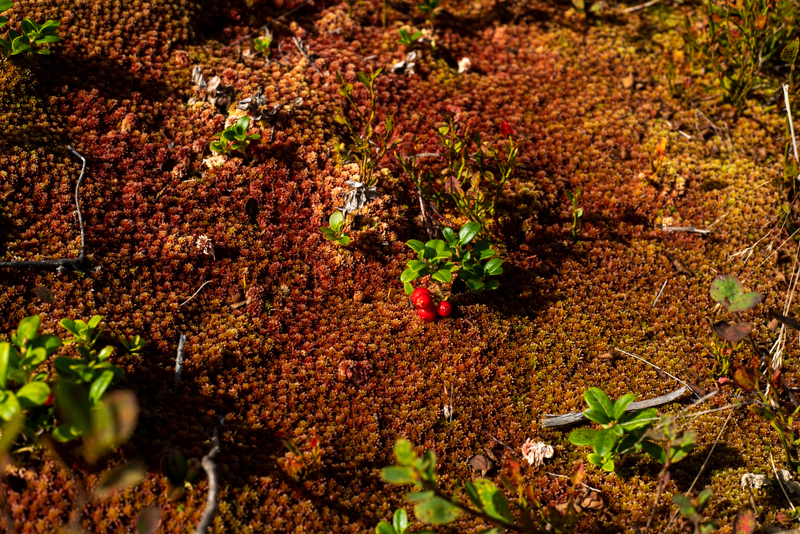
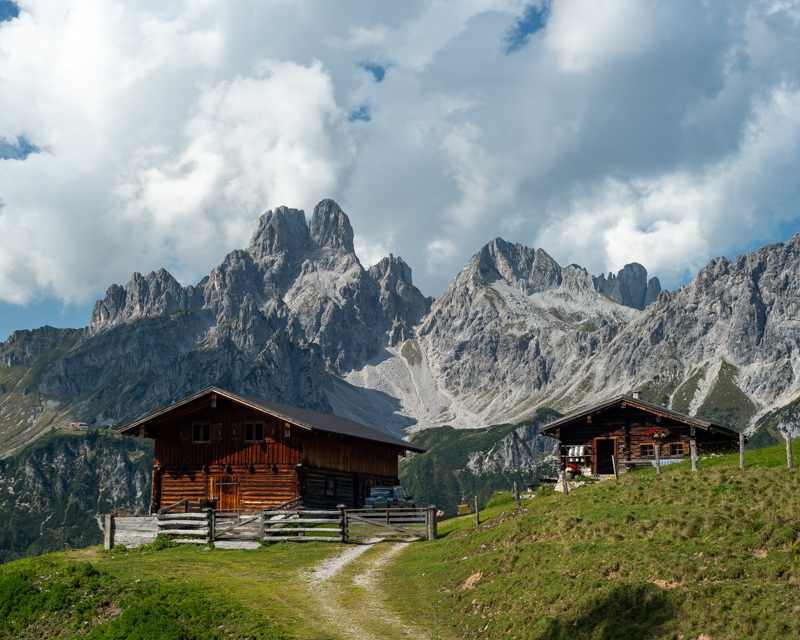
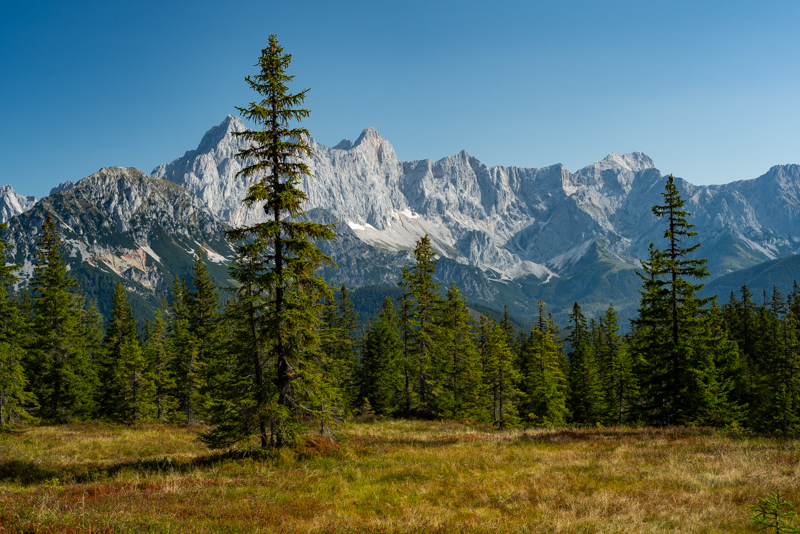

Contents
Versions and history
As far as I know there are roughly three versions of this lens which are optically the same (version 1 and 2 can be split up as well but differences are minimal), the main difference can be found in the number of aperture blades (Version 1 has 6, the others 5), the build quality and mounting system. All three versions are coated with the S.C. coating, unlike all other Canon FD lenses which were coated with the more effective S.S.C. coating.
The first version features 6 aperture blades and seems to be build to much higher standards than the last version. You can recognize the first version by its chrome nose, this version features the breech lock mounting system.
The second version is a bit lighter than the first version and only features 5 aperture blades. This version doesn’t have a chrome nose. This version works with the breech lock system as well.
The third version is much lighter due to the use of much plastic, this version feels very cheap compared to the other versions of this lens, or compared to other 50mm lenses from the same period. The third version does (Fortunately!) not longer use the breech lock system but uses a release button which makes mounting and unmounting the lens less awkward.
More information can be found here.
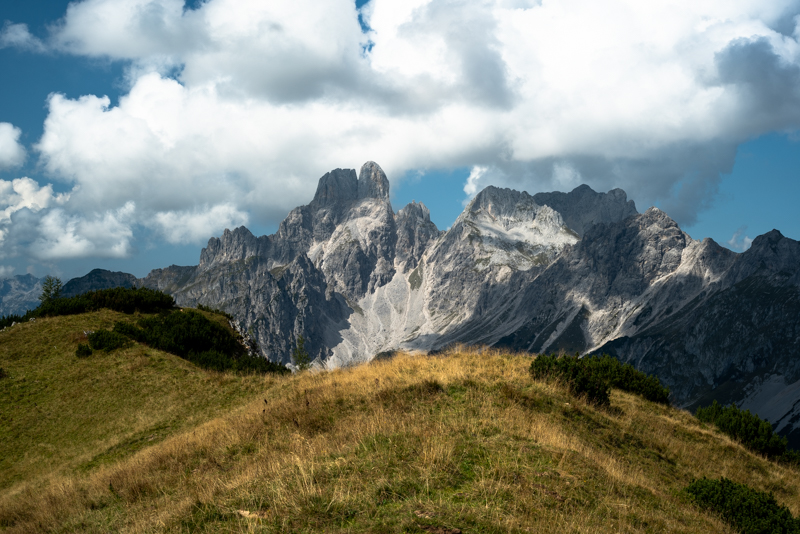
Specifications
| Category | Specification |
| Diameter | 63 mm |
| Length | 35 mm |
| Filter diameter | 52 mm |
| Weight (excl. Adapter) | 170 g |
| Aperture | f/1.8-22 |
| Minimal focus distance | 0.6 m |
| Elements/groups | 6/4 |
| Aperture blades5 |
The lens can be found in decent condition for under €35,- $40 at ebay.de* and ebay.com*
*Affiliate links (If you purchase the lens through one of these affiliate-links we get a small compensation with no additional cost to you.)
Build quality and handling
The lens is mainly made from plastics in combination with metal and glass. All markings are engraved and filled with paint. Due to the extensive use of plastics the lens feels very light but also a bit cheap.
The aperture ring sits at the base of the lens and is made from plastics.The aperture ring has a high resistance and feels cheap. Except for the click between f/1.8 and f/2.8 where the click sits around f/2.5, the aperture ring features 1/2 stop click stops.
The plastic focus ring is knurled and easy too find. The focus ring has an OK resistance but somehow doesn’t feel very smooth. The focus ring travels about 160° from 0.6m towards infinity, the first 90° take you from 0.6m to 1.5m. In comparison with other manual lenses from the same era the Canon nFD 1.8/50 feels cheap and the whole experience is significantly less nice.
The lens balances well on my a7II and a7RIII.
Vignetting
At infinity vignetting is high with 2.4 stops, as is often the case with small yet fast lenses. At f/2.8 vignetting is already reduced a lot to 1.2 stops, at f/5.6 vignetting is negligible with only 0.5 stops.
Sharpness
*This sample was decentered, I’ve used the second best corner for the charts below. A well centered sample might perform a little bit better or worse in the extreme corners.
Infinity
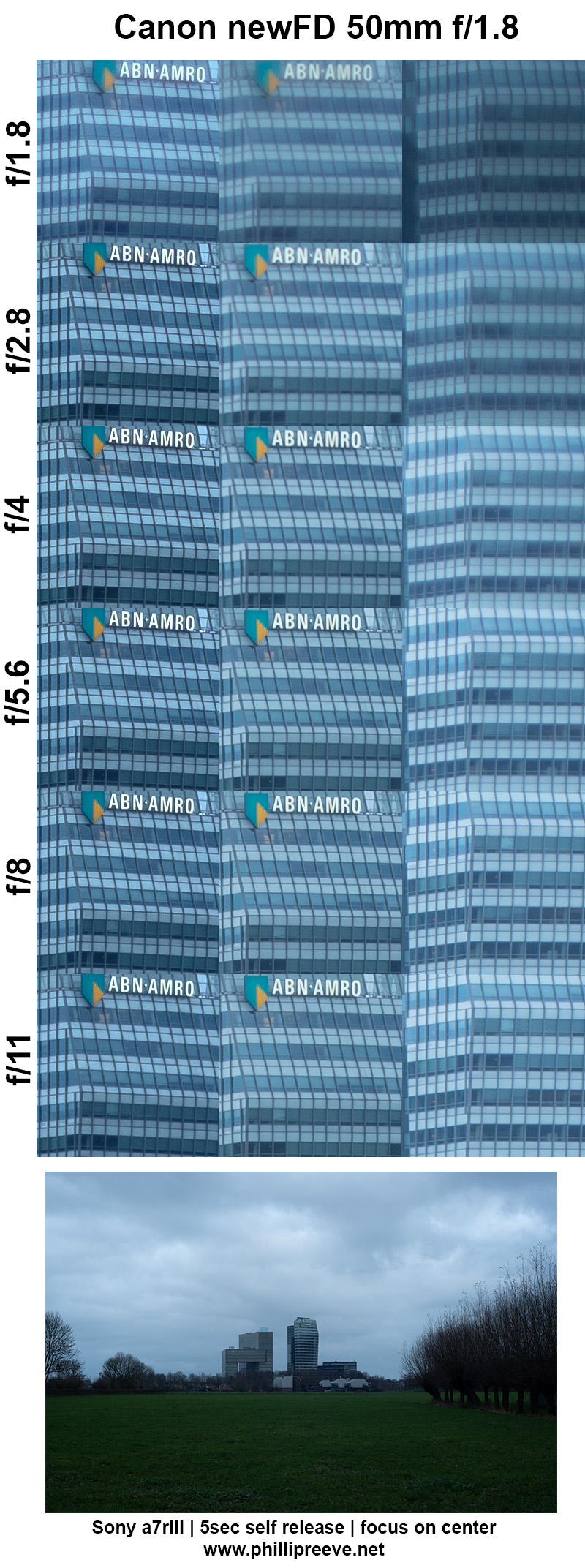
Wide open the center looks already quite good but contrast is low and there is some glow. The midframe is a different story and looks very bad. The corners show quite good resolution from wide open but contrast is very low and there is some spherical aberration. The corners look a bit better than the midframe.
Stopping down to f/2.8 hugely increases the contrast of the center. The midframe and corners improve a bit, but not nearly as much as the center.
At f/4 the center reaches its peak performance,the midframe and corners improve as well.The corners still look a bit better than the midframe although corners show lower contrast.
At f/5.6 the midframe looks decent, the corners look good as well now. Now for the first time the midframe looks better than the corners.
At f/8 the image is very sharp from corner to corner.
At f/11 the whole image is a bit softer due to diffraction.
Portrait distance (1.75m)
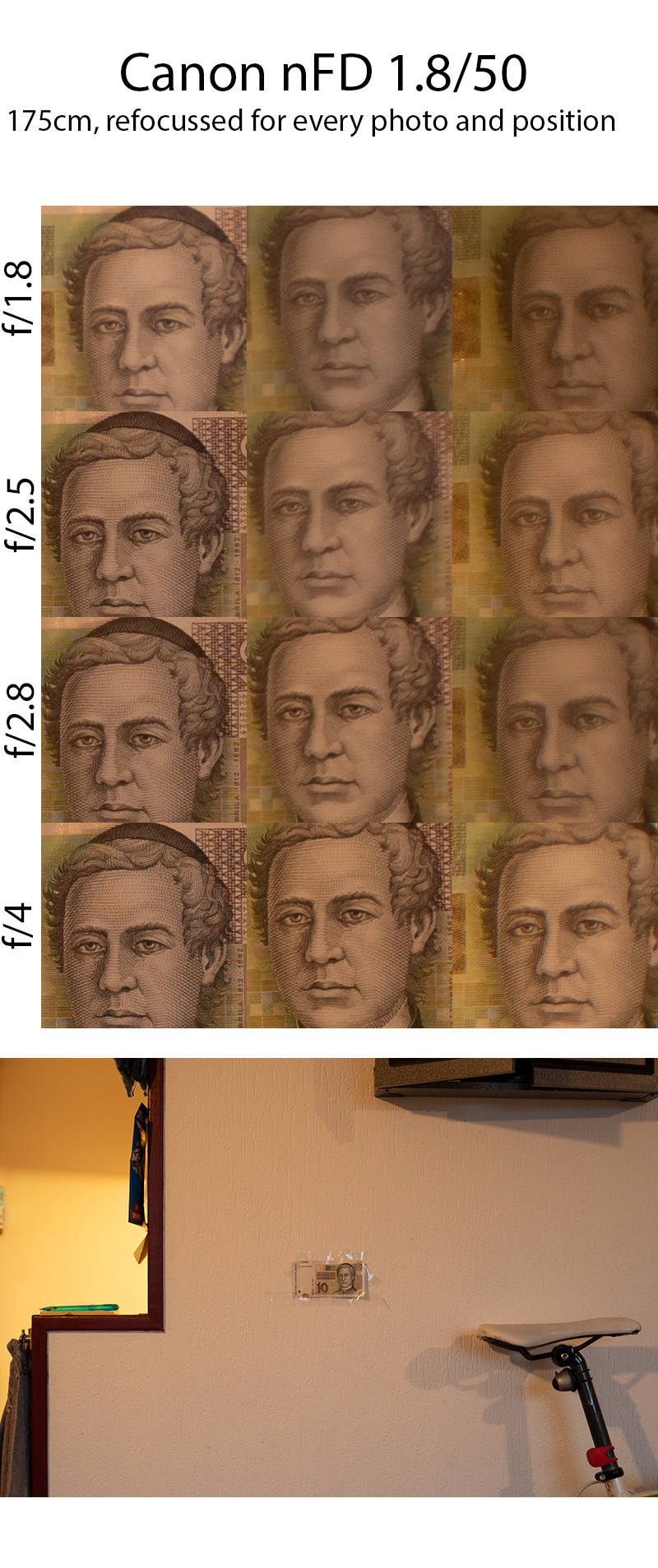
At typical portrait distances the Canon 1.8/50 newFD suffers significantly. The center looks OK from wide open with some glow caused by spherical aberrations. At fl2.5 the center looks very good. The midframe looks soft wide open and needs f/4 to look good. The corners have slightly higher resolution than the midframe but also suffer from spherical aberrations and low contrast. Even at f/4 contrast is still low.
In terms of real use it means that you can place your subject in the center of the frame without any problems, even for somewhat larger prints. Wide open, with the subject in the midframe images are still fine for web use and small prints.
*I refocused the lens for every position
Close up (1.5m)
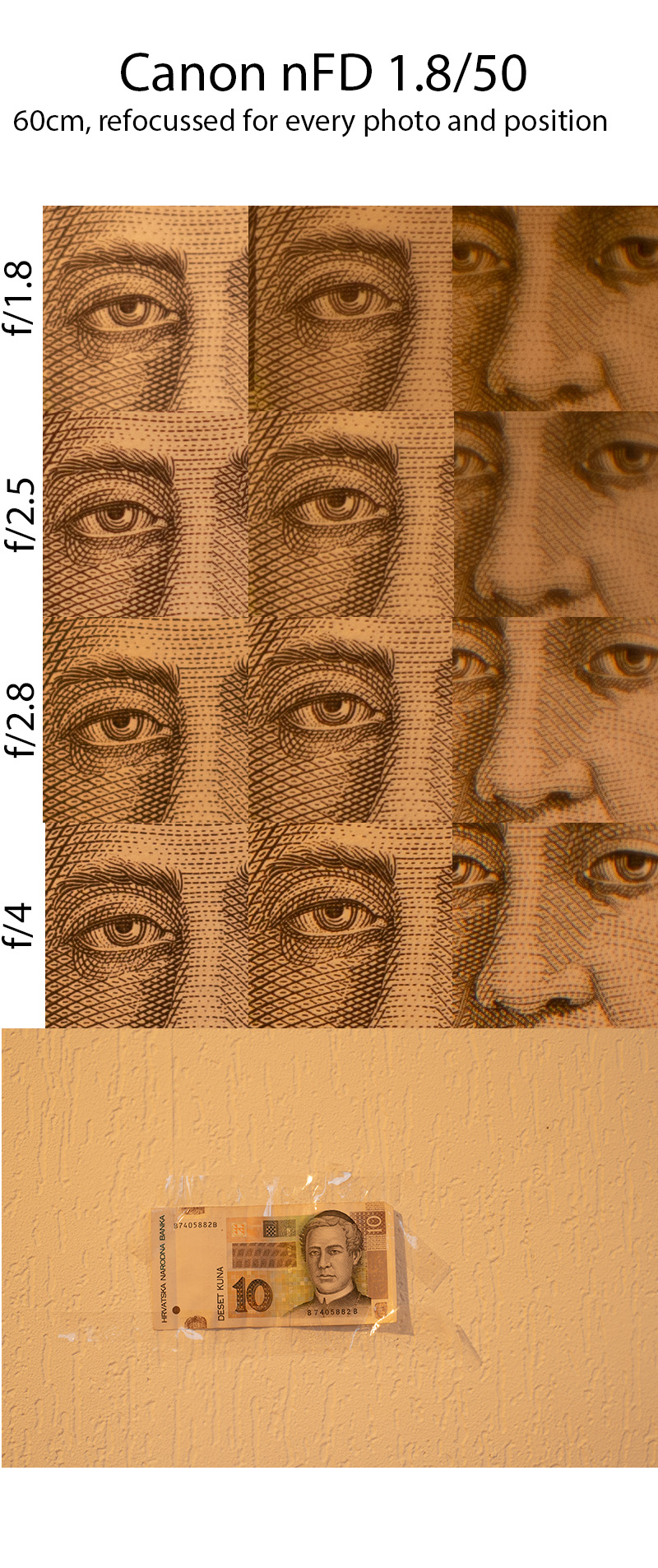
At the minimal focusing distance things look much better. The center and midframe look decent from wide open, despite some glow. At f/4 center and midframe look excellent.
The corners never look great but are quite decent at f/4.
*I refocused the lens for every position
Bokeh
Bokeh is certainly the most important drawback of the Canon f/1.8 50mm newFD. Near MFD bokeh is smooth but at longer distances bokeh quickly gets very distracting, the direction of the field curvature doesn’t help here.
Close up
Near MFD the bokeh of the Canon nFD 50mm f/1.8 is smooth and pleasant to look at.
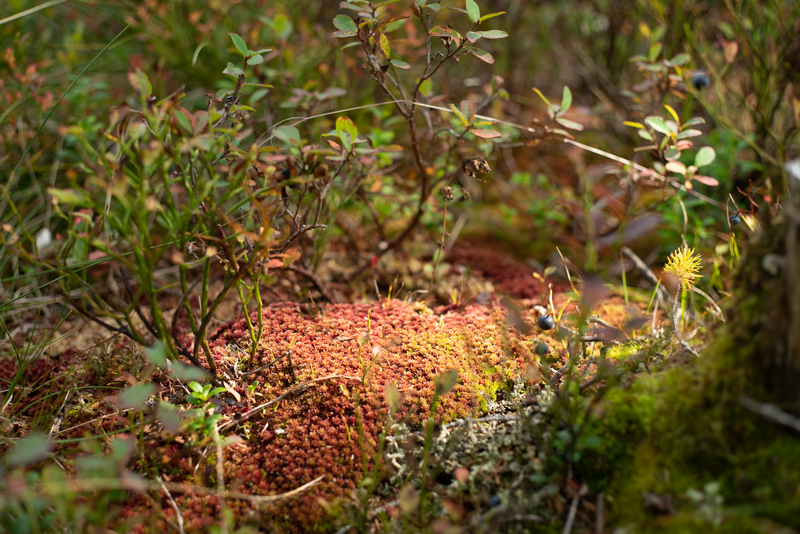
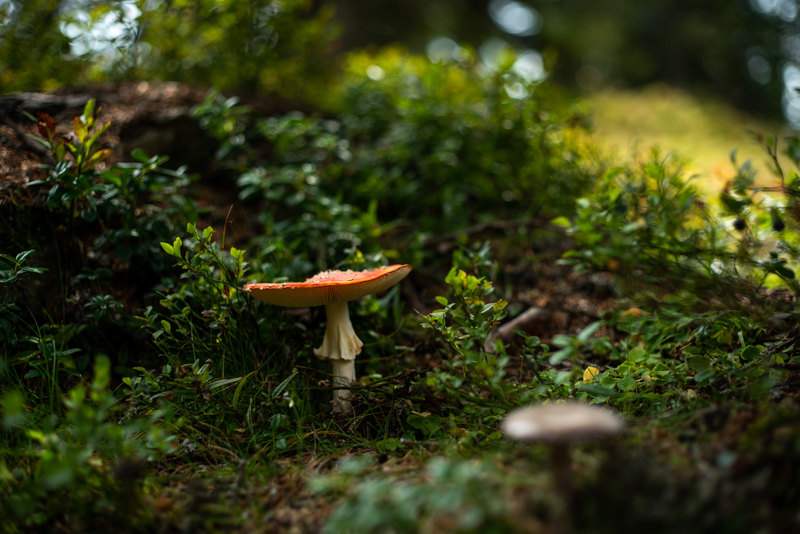
Mid distance
At slightly longer distances, like for example for a shoulder portrait bokeh starts to get more nervous. Especially towards the corners there is quite some outlining and bokeh fringing.
Stopping down only helps a little bit, at f/2.8 bokeh is still very busy.
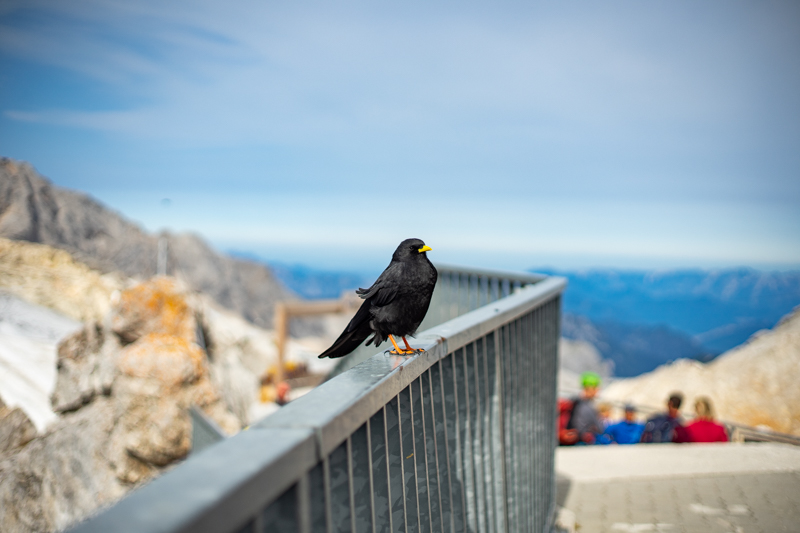
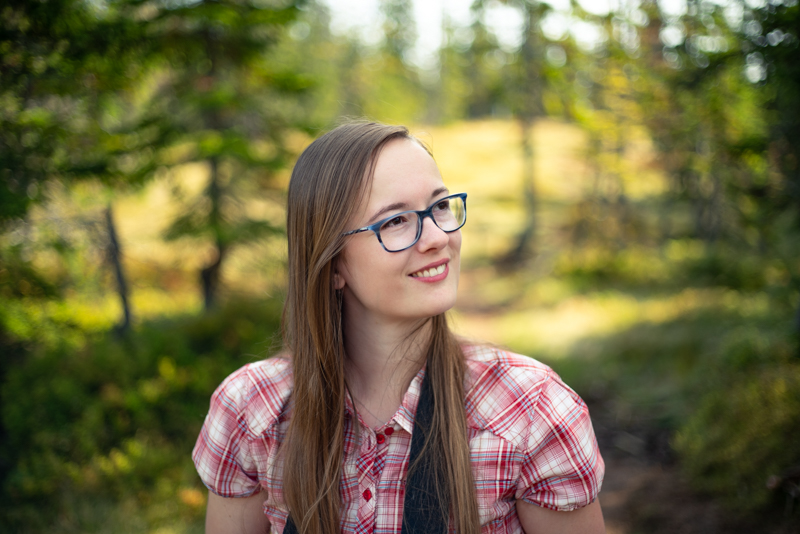
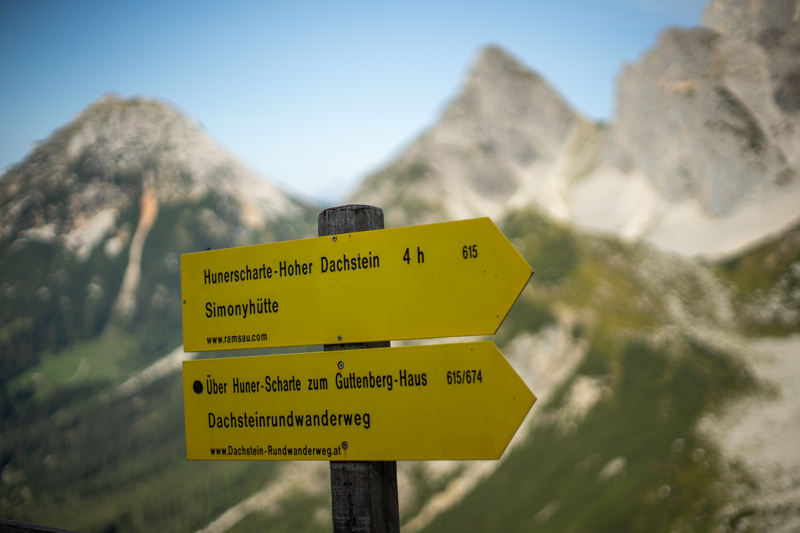
Long distance
At longer distances bokeh is very busy, especially in the corners and it takes stopping down to f/4 to tame the bokeh significantly.
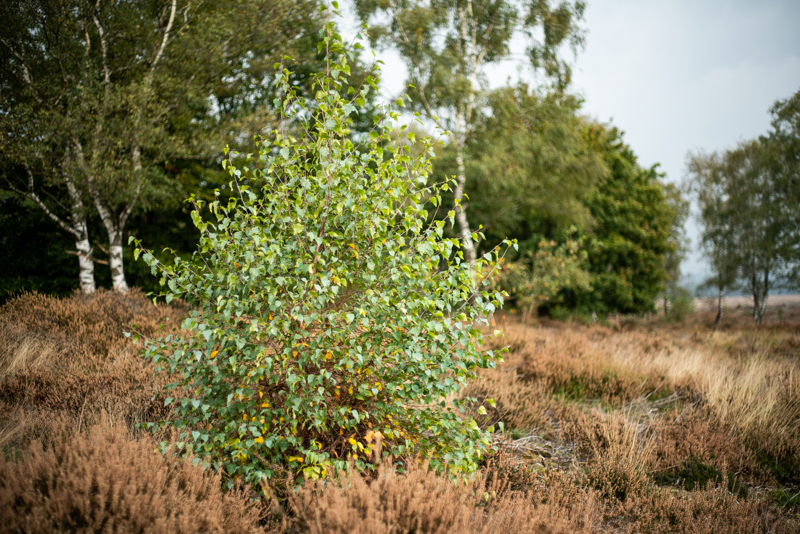

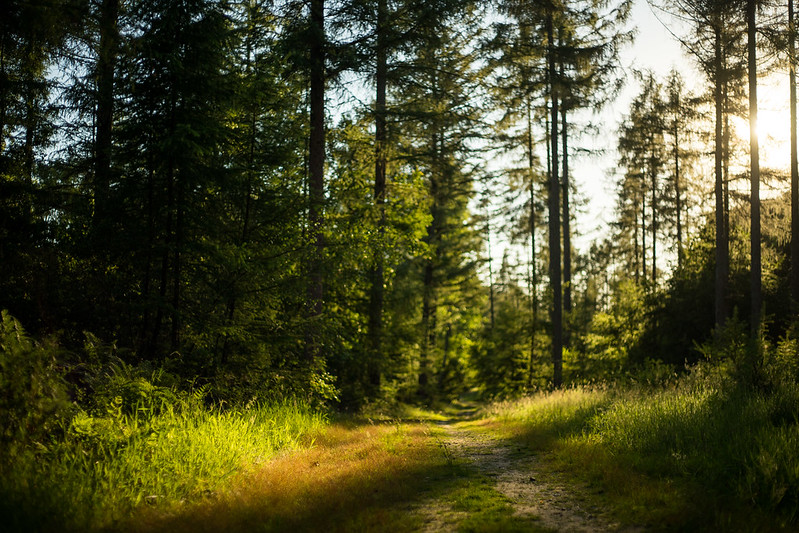
Chromatic aberrations
LoCA
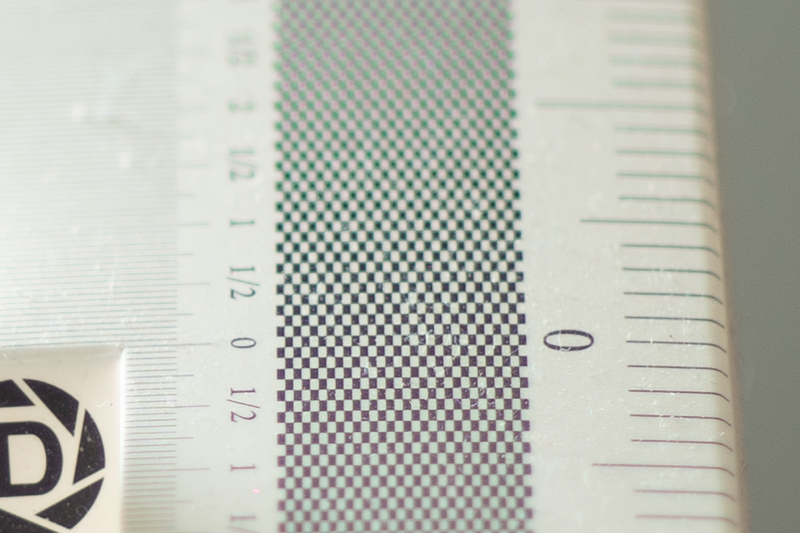
Longitudial chromatic aberrations are visible wide open, stopping down to f/4 eliminates most of it. See a worse case scenario below.
LaCA
Later chromatic aberrations are corrected very well, I could not spot any!
Distortion
There is a very little barrel distortion which can be corrected easily when needed.
Coma
Coma correction isn’t great, and stopping down to f/5.6 is needed to get mostly rid of it. As corner resolution wide open is pretty bad stopping down is needed anyway.
Flare resistance
The Canon FD 1.8/50 did not get the S.S.C. coating, the cheaper and less effective S.C. coating was used.
This is clearly visible in the less than mediocre flare resistance. You easily catch large blue/purple ghosts with the sun in the frame and with the sun just outside the frame one can observe significant contrast loss.
Even city lights cause significant ghosting as can be seen in the sunstar section.
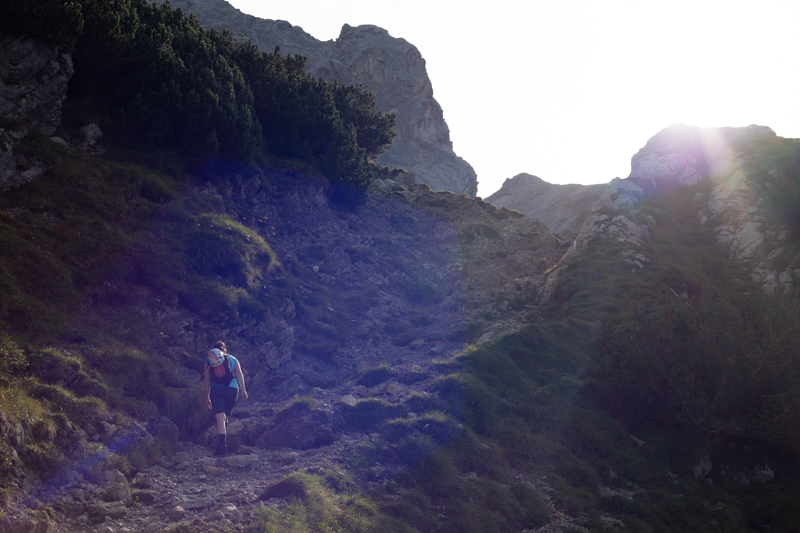
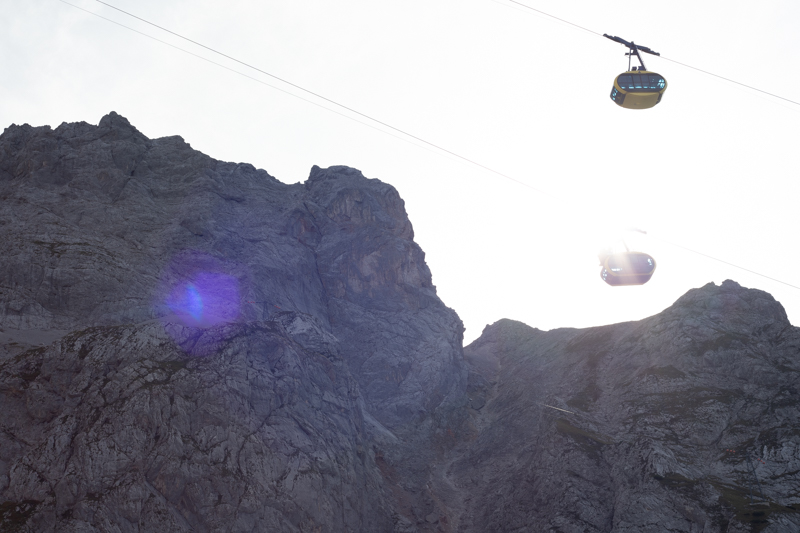
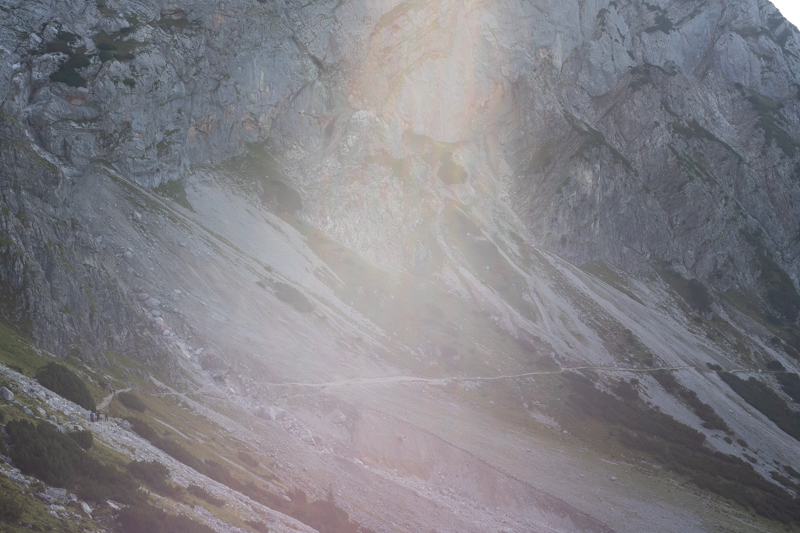
Sunstars
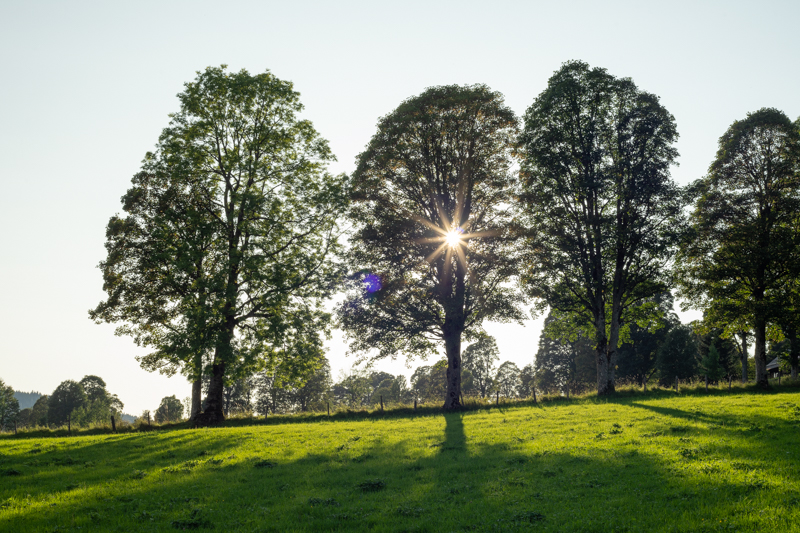
Thanks to the 5 aperture blades one can get quite decent sunstars from f/11. Unfortunately the blades aren’t aligned too well and therefore the rays don’t all have equal length. Personally I like the rendering of modern Voigtländer lenses with 12 aperture the best, since this is a subjective topic you might want to check out this article.
Alternatives
Minolta 2/55
Sharper with nice bokeh, but also heavier and more expensive. Both lenses are made very well and are a joy to handle. Both are very vulnerable to lens flares.
Sony 1.8/50 FE
A modern alternative with AF, it is also more expensive, build quality is less nice though. The Sony is optically better in most regards. If you depend on AF and your budget is low, this one might be an option.
Sony ZA 1.8/55
Much, much more expensive, but also much better in almost every regard. Bokeh of the Sony ZA is much smoother but you can encounter onionrings from time to time.
Pentacon 1.8/50
Another fifty with very classic bokeh, although the rendering is hard to compare. The Pentacon isa bit nicer to handle. Both are cheap and have very bad flare resistance.
Zeiss Loxia 2/50
Much more expensive with similar nice build quality, maybe even a touch nicer. The Loxia is better in every regard and on of the nicest manual fifties one can get.
Voigtländer APO Lanthar 2/50
The perfect manual focus standard lens. It is much better in every regard and a joy to use. This lens is also much more expensive, if budget is no problem and you are looking for the best corrected fifty for the system get this one.
Canon FD 1.4/50
Heavier and more expensive but with much smoother bokeh. In case your looking for a 50mm lens that won’t be used exclusively for landscape photography, the Canon FD 1.4/50 might be the smarter choice.
TTArtisan 1.4/50
A modern manual 50mm lens with very smooth bokeh, its much heavier though. In case you are looking for a nicely built manual 50mm lens with very smooth bokeh and good sharpness, without spending big this might be your lens.
Olympus F.Zuiko Auto-S 1.8/50
A nicely built 50mm lens which is also very light. Optically the Canon performs better, but this one is a joy to work with.
Olympus Zuiko 1.8/50
This version has another optical scheme than the one mentioned above here. This version is a sharper with less distracting bokeh. See our OM guide for more information.
SMC Pentax 50mm f/1.7 or 2.0
These are also very small and light and nicer to handle. They are a bit more expensive though and bokeh also is rather busy.
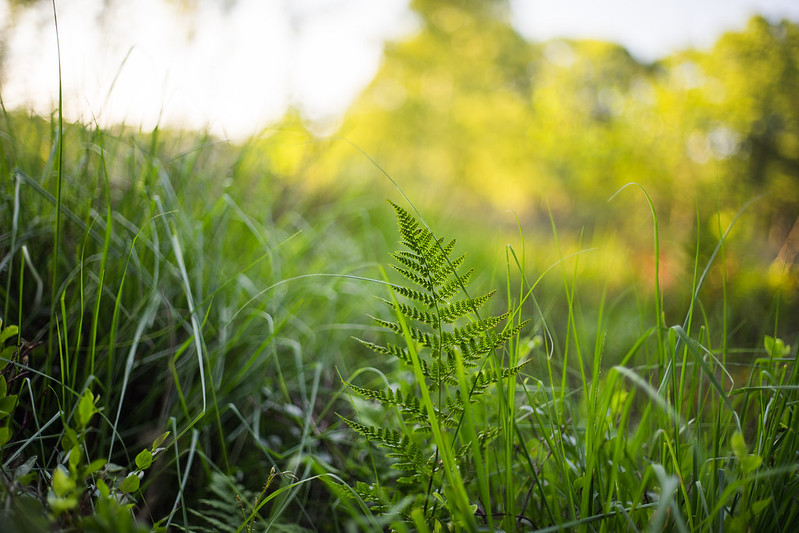
Conclusion & recommendation
| Good | Average | Bad |
|
|
|
The Canon newFD 50mm f/1.8 is a very small and light lens that’s very sharp when stopped down. Distortion is low and LaCA is virtually absent. However there are some serious flaws which make recommending this lens difficult. Bokeh is very busy already a bit away from MFD, sharpness at typical portrait distances is rather lousy and flare resistance is pretty bad. On top of that handling isn’t nearly as nice as one would expect from a manual prime lens from his period.
Therefore I can only recommend this lens in case you are looking for a very light and sharp, yet very 50mm lens for your landscape kit. In case budget and/or weight are less critical to you there are plenty other options which are better optically and more enjoyable to use.
In case you are the one looking for this light and cheap, yet sharp landscape lens, the Canon newFD 50mm f/1.8 is a great budget tool that will deliver decent pictures as long as you step down a bit and avoid direct sun light on the lens.
The lens can be found in decent condition for under €35,- $40 at ebay.de* and ebay.com*
*Affiliate links (If you purchase the lens through one of these affiliate-links we get a small compensation with no additional cost to you.)
Sample images
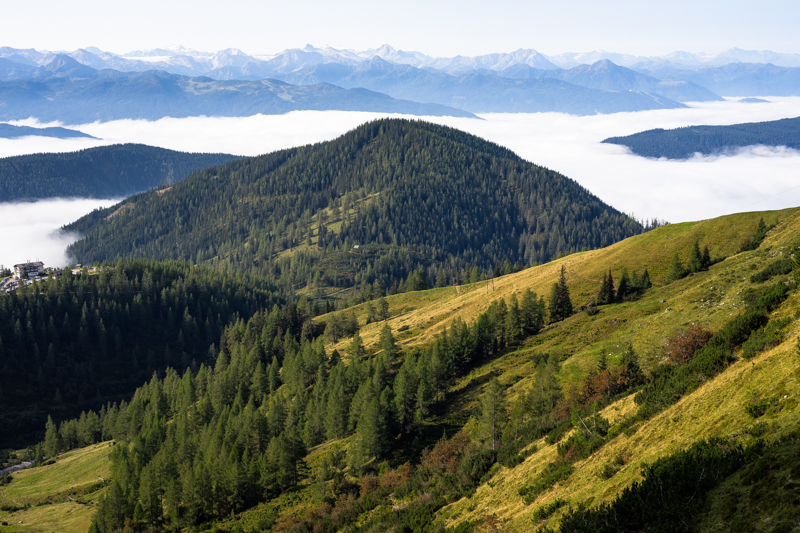

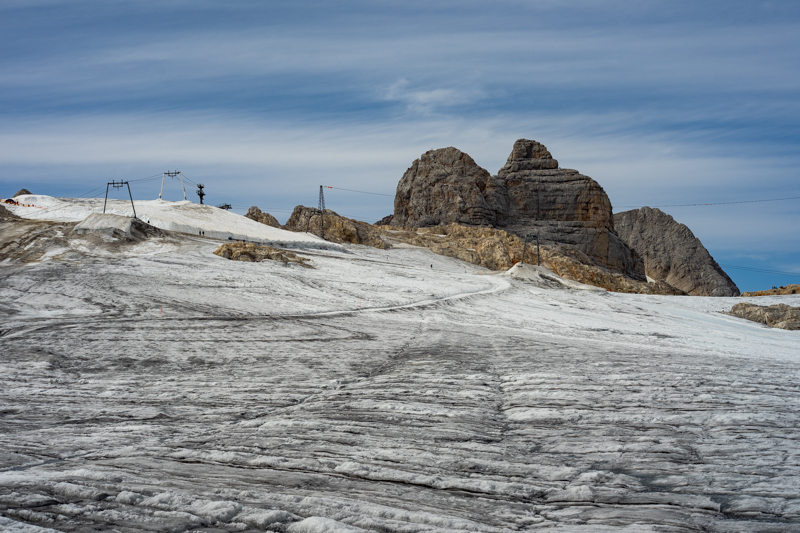
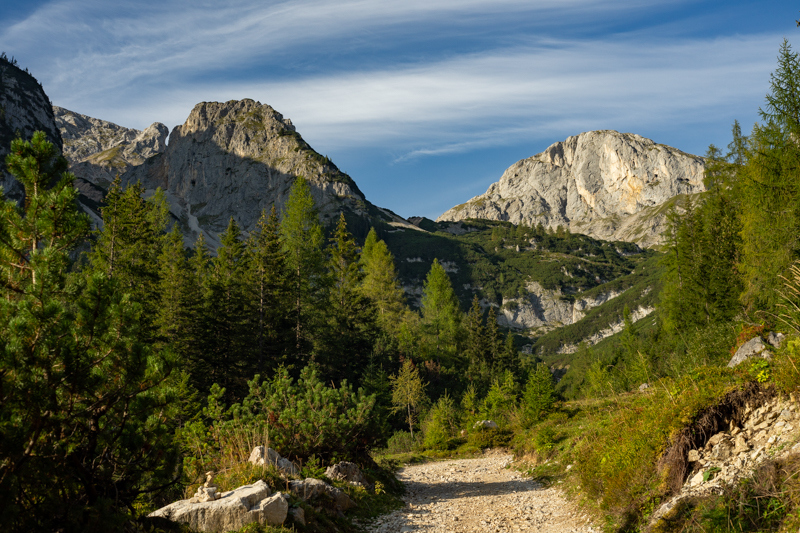
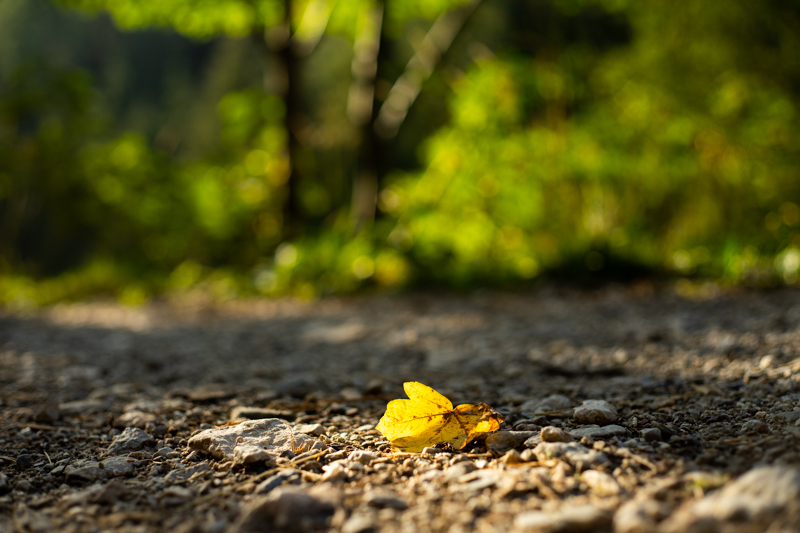
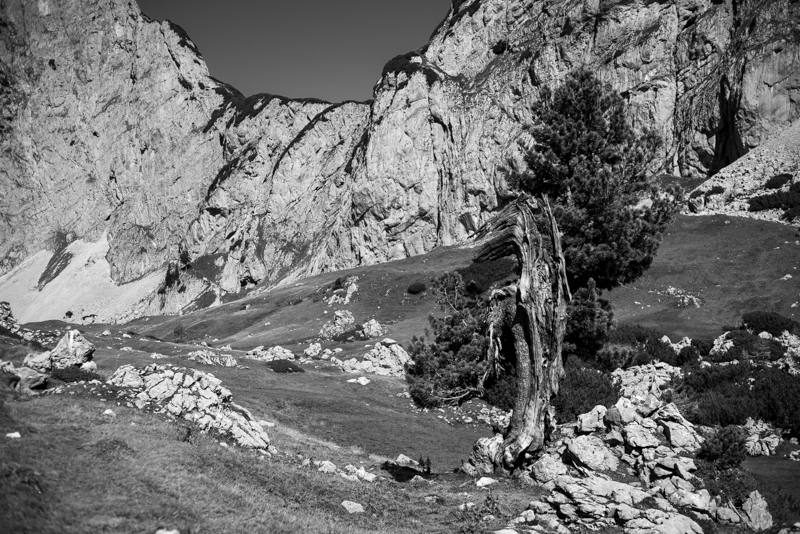

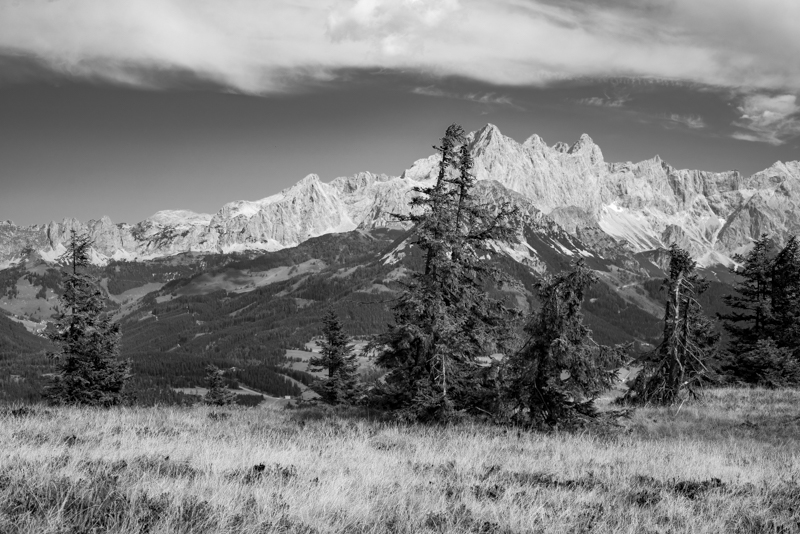
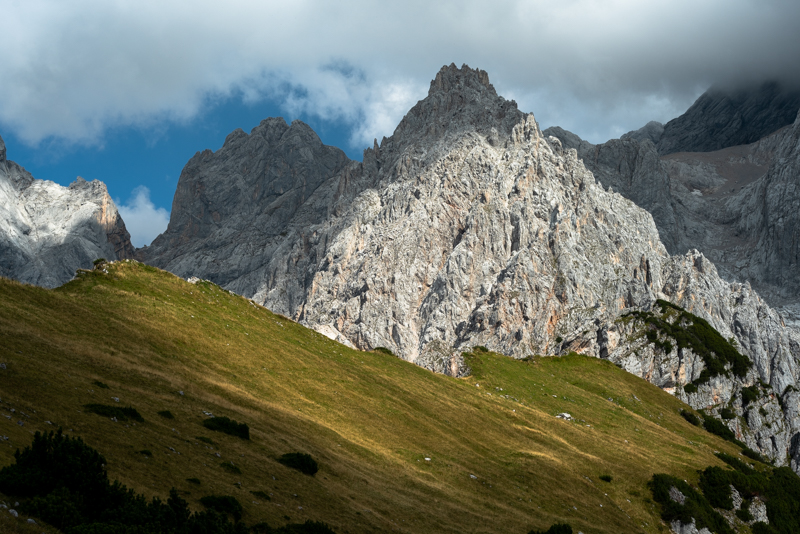
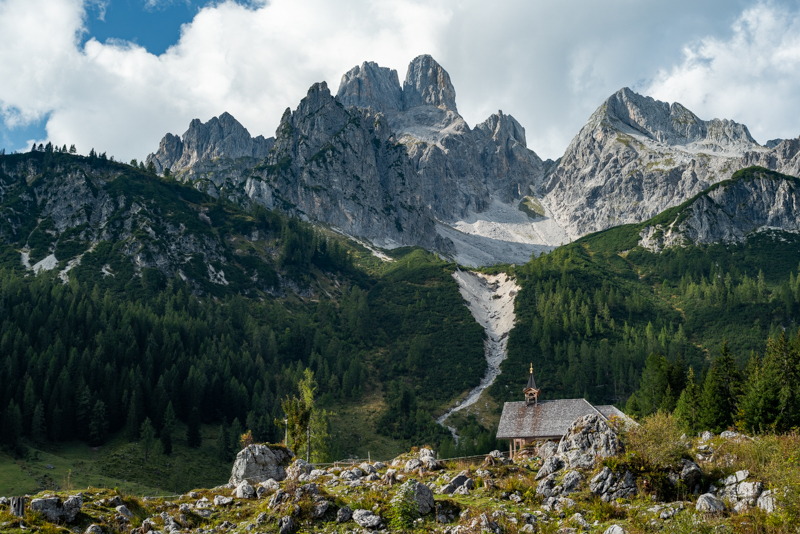
Further reading
- GUIDE TO THE BEST PORTRAIT LENSES – SONY A7 SERIES
- FE LIST
- BEST BUDGET LENSES UNDER $499 FOR SONY A7/A7II/A7III
- Manual lenses
This site contains affiliate links. If you make a purchase using any of the links marked as affiliate links, I may receive a small commission at no additional cost to you. This helps support the creation of future content.
JuriaanM
Latest posts by JuriaanM (see all)
- Review: Sigma 85mm f/1.4 DG DN Art - January 8, 2022
- A beginners guide to landscape astro photography - March 11, 2021
- Canon newFD 50mm f/1.8: A review - January 4, 2021
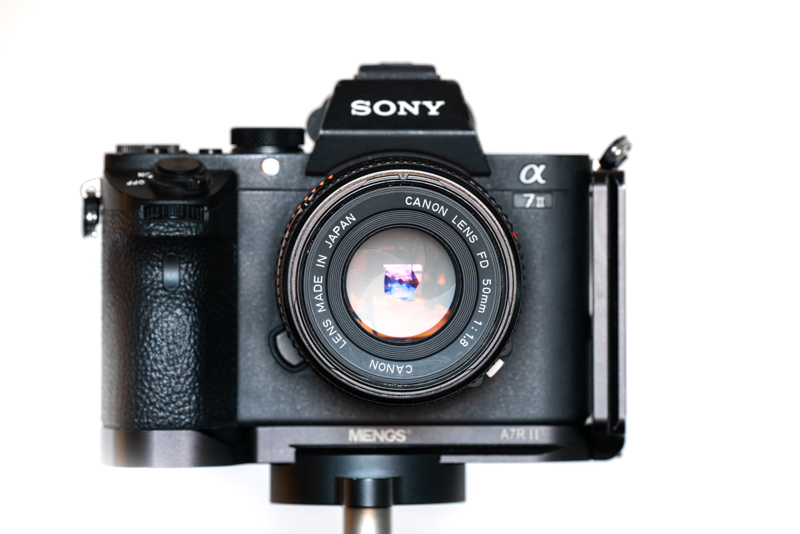

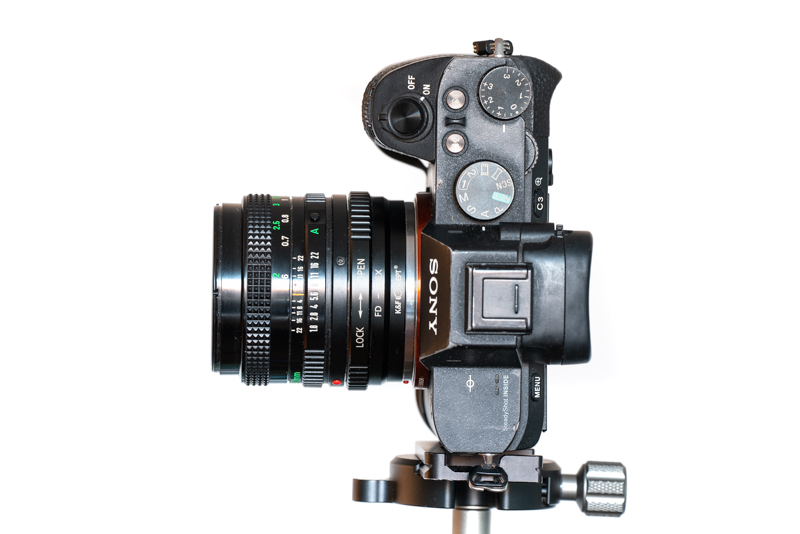
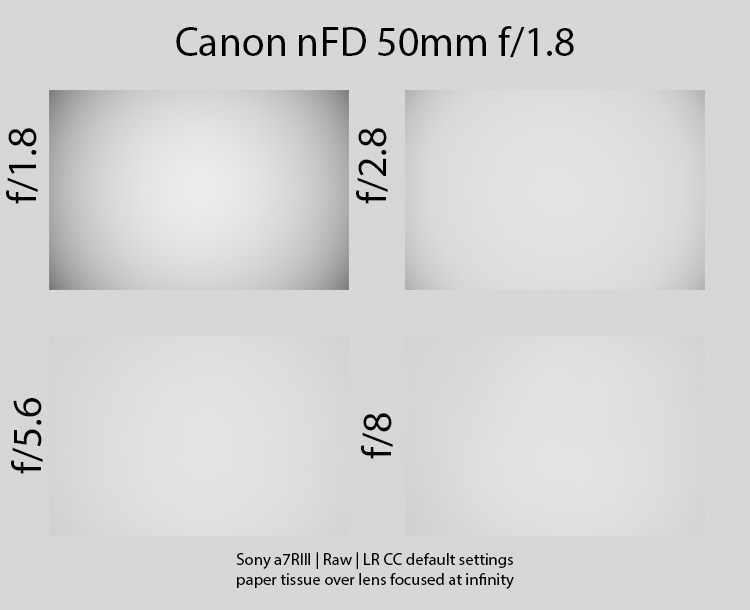
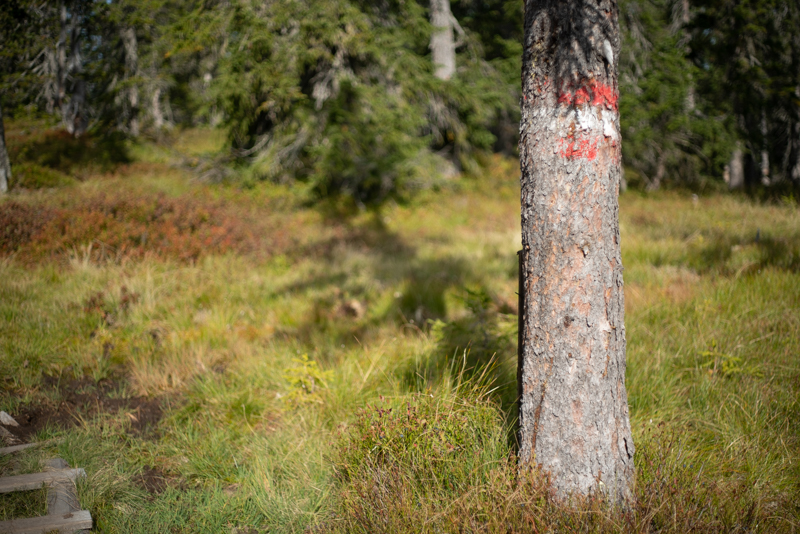

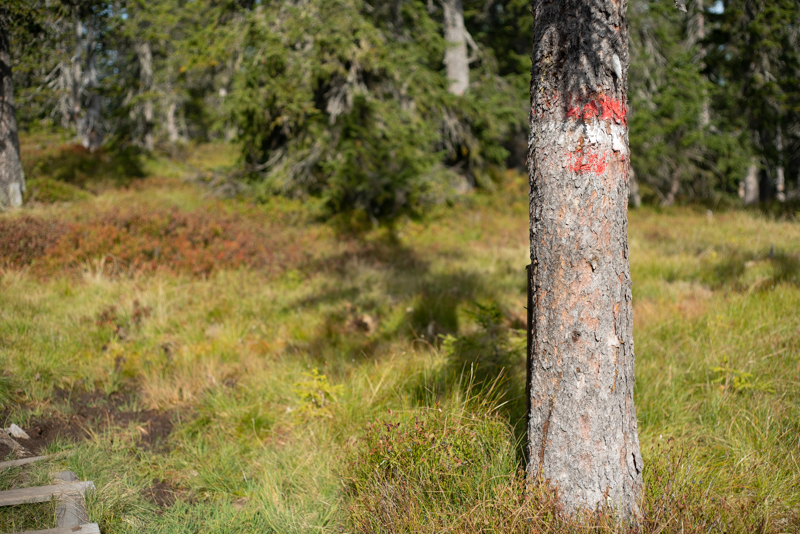

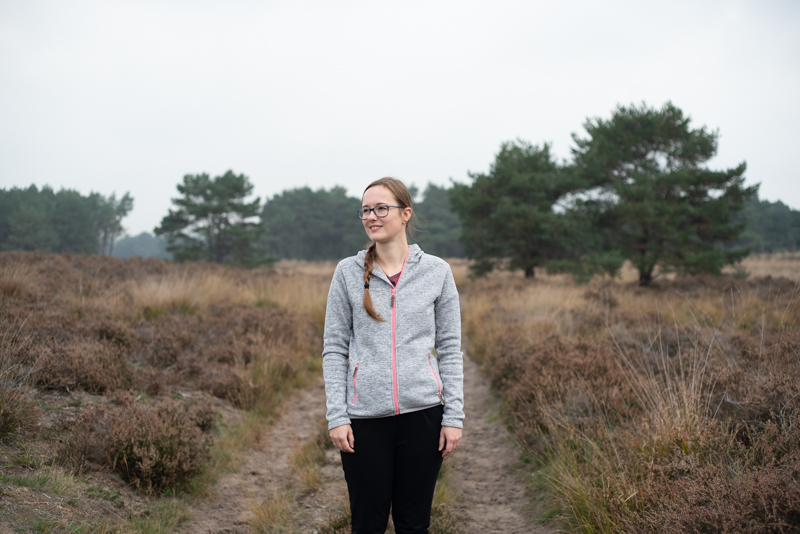
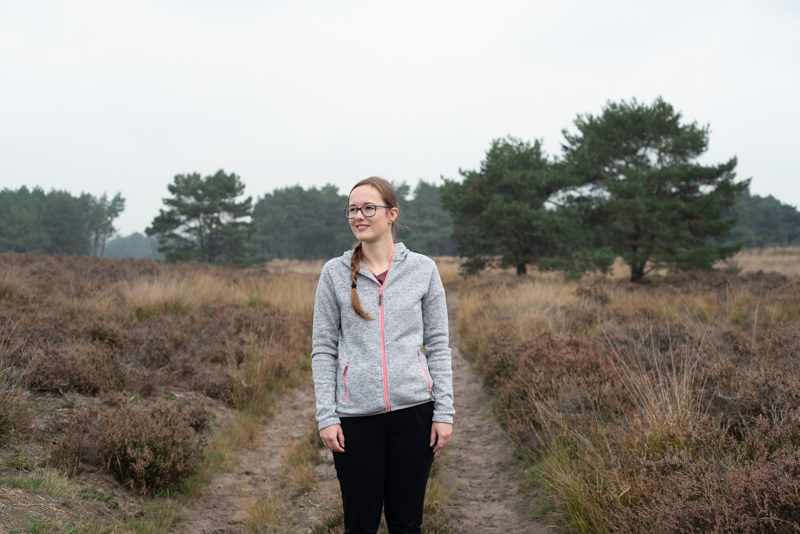
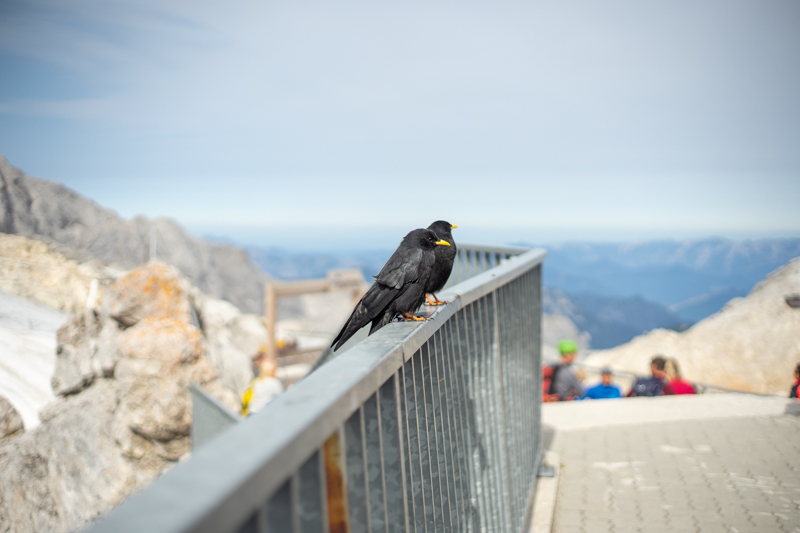
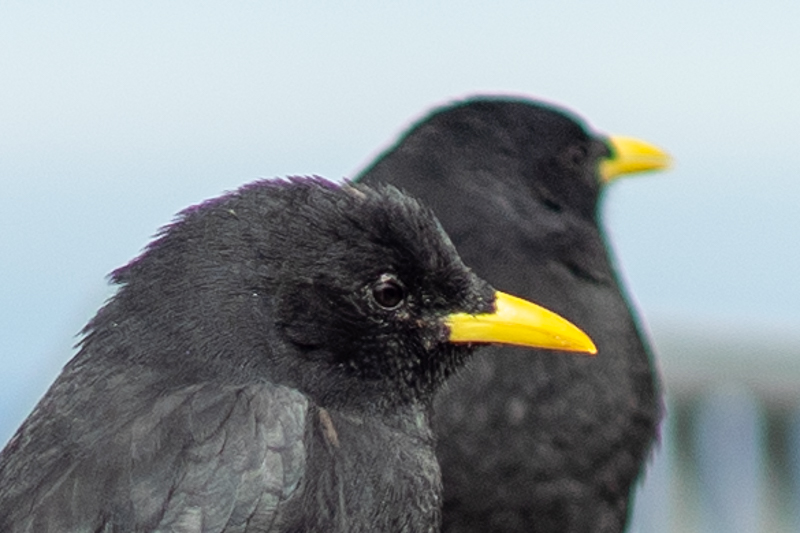



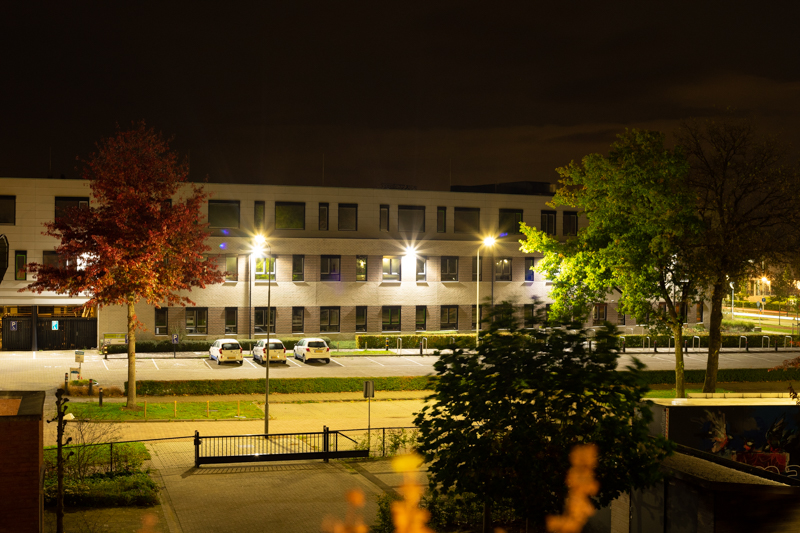
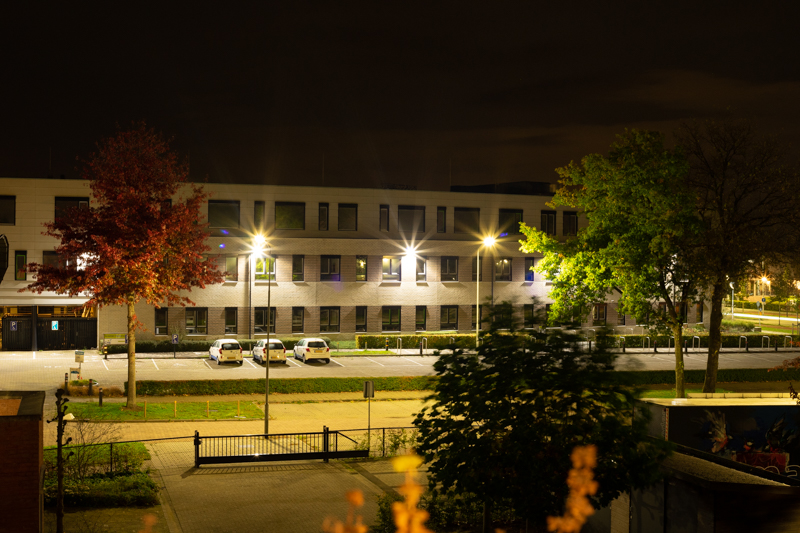

Dank voor je uitgebreide review Juriaan. Leuk om te zien dat je het nieuwe jaar zo voortvarend begint!! Hoop dat je nog veel mooie oude lensjes kunt uitproberen en reviewen dit jaar. Misschien een paar russische m42?
De nFD 50 1.8 is een van de eerste lenzen waarmee ik ben gaan experimenteren op systeemcamera’s. Grootste pluspunten vind ik vooral de build quality, prijs en de kleuren renditie.
Bij alternatieven is er denk ik een stukje tekst verplaatst want daar staat Olympus bij Pentacon. Wellicht nog even corrigeren.
Hoi Tim,
Leuk om te zien dat er ook Nederlanders meelezen 🙂 Ik ben momenteel een projectje gestart met de Jupiter-8 2/50, mocht dat genoeg samples en ervaring opleveren dat zal ik er een review over schrijven.
Er stond inderdaad nog een foutje in de tekst, dankjewel!
Hi guys,
was hiking this summer in Dachstein as well (to Adamekhütte).
Just wanted to tell: with every review that you do, i (and i guess many here) just become more convinced that you can take any (literally, any!) lens and make gorgeous pictures with it.
I suppose, this is what is called ‘to be a good photographer’.
Thank you for your blog, you really inspire me and many people to love the photography.
Hi Aleksandr,
Thank you for your kind words!
Nice to hear you visited the Dachstein area as well, it is a beautiful mountain range. I visited the Adamekhütte last August as well during a hike to the Hoher Dachstein.
great to see the original nifty fifty get some love!
I think its closest competitor when you look for the cheapest landscape lens should be the MD 2/50 https://phillipreeve.net/blog/minolta-md-50mm-2-review/
The nFD 1.4/50 was my first ever legacy lens and i still refuse to sell it because sharpness is on par with my modern 10-20x as expensive zooms. https://phillipreeve.net/blog/canon-new-fd-50mm-11-4-review/
Even by todays standards i can’t believe how well cheap legacy 50mm from Canon/Minolta/Oly perform for stopped down infinity landscape scenes (in easy lighting conditions).
Thanks Juriaan for reviewing those cheapo lenses on hi-res a7riii and making such detailed information available for everyone.
My tip for ighest image quality for lowest price: Adapt old 50mm to a7m1, with a bit of luck you get all that used for 350EUR, easily smashes 1200EUR iPhone image quality (after LR processing).
just downloaded your the flickr album for the 1.8/50 (you might want to add a link in the review) https://www.flickr.com/photos/151225024@N07/albums/72157691697827740
And wanted to emphasize how crazy good the lens performs in the hand of a skilled photographer. Everyone interested in landscape photography that thinks you need to invest €2000+ on FF gear should check out what Juriaan does with €10-50 lenses (that will perform similarly on a €300 a7).
Kudos!
Thanks for your kind words 🙂
The Minolta MD 2/50 is a very good competitor indeed, contrast is a tat lower maybe but it is very sharp. I should probably use my sample a bit more.
The combination you name above is indeed a great one for everybody who starts with photography. Not only you have better IQ with a a7 and a decent fifty then with a more expensive camera with just the kitlens, a manual focus lens helps you to understand the basics much quicker as well.
Minolta MD 50mm F2 first came to mind as an alternative, and probably a better one. It’s not renowned for it’s bokeh, but it’s still doing better than Canon. It’s a significantly sharper, at least until F8, it can focus closer, it’s not Minolta MC but it’s still better built than this Canon and is also lightweight. Minolta’s got less distortion as well. They share some issues for sure, like flaring (I don’t know which fares better), but I’d certainly go for Minolta all in all, and I did (thanks to Philip’s review). Of course, if someone prefers Canon’s rendering, that’s another matter.
Thanks for another extraordinary review. It is a pleasure to read your analyses even on very cheap lenses with no “collectors fees”. Those are the lenses we could afford in our younger years. They could could keep up in image quality with more expensive ones. When the nFD system was released I although choose the f1,4. No regrets through now over 40 years. Later I got two f1,8 for free and bought about four more f1,4 (different editions).
But there are other two subjects about these lenses I want to bring into discussion.
1. Canon always used very good plasticy materials (Polycarbonat?). My personal experience with old lenses is that more of the “plasticy” nFD survived than comparable lenses made of metal (Olympus, Minolta, Asahi Pentax…) because they were more robust at all, especially with slight bumps and even in respect of fungus (because of better sealing or tighter fits or less tendency to attract condense water?). The weak point on FD lenses are sometimes interior rubber parts.
2. The second subject is the fantastic colours. Canon Colours were different to the Leica or Contax Colours but for me still impressing and outstanding to all competitors.
My favourite nFD lenses are the 24mm f2,0, the 50mm f1,2, the 135mm f2,0 and above them all the 100mm f2,0.
“above them all the 100mm f2,0” What makes this lens so special in your opinion?
What i can find on this page it sounds interesting
https://phillipreeve.net/blog/guide-canon-fd-lenses-digital-age-2/#Canon_nFD_20100
but is bokeh as smooth with the legendary Oly 2/100?
as https://phillipreeve.net/blog/olympus-om-100mm-12-0/
Hi S.B.,
sadly I never owned or tested the Oly 2/100 so I can´t seriously compare both. For me the nFD 100mm f2,0 is above the mentioned lenses by by build quality (on the L-level without a red ring), pleasant handling and image quality. The lens is a bit on the heavy side but very compact. It perfectly balanced with my F1s (old and new), my A1 and my T90 and also with my Sony A7 and even better with my A7R-IV. Solution and sharpness are still up-to-date, manual focusing with this lens is a pleasure and so does the bokeh. Other subjects may be more of a subjective perception. I still love the Canon FD-System. 🙂 But a friend of mine – he goes into deep with each lens and camera – immediatly bought another copy after testing my lens.
Hi Dan,
You are welcome!
I think your claim about the durability is very interesting. Did you use a decent sample size to come to this conclusion ? I personally used 3 newFD lenses of which two were decentered (this one and the 70-150) which is often the case with lenses from thrift shops. I did not notice a difference compared to other lenses regarding other defects. But my sample size, obviously is too small.
On the fungus part, I indeed never found a newFD lens with fungus in my rounds along thrift shops. Maybe it indeed helps that the plastic does attract less condense..
The Canon colours are something special indeed, like with older Minolta lenses. It doesn’t matter too much to me personally, with a bit of love in post the final results with different lenses are hard to tell apart.
Hi Juriaan,
how many are a decent sample size? 🙂
I have about 250 vintage lenses (among them exactly 57 Canon FDs), but only very few Zoom lenses. Yes, my Opinion is a claim, a subjective perception on this sample base. With Canon I had only one lens with fungus, a very early and all metal FL 50mm. Sadly I can´t tell you the number of my lenses which may be decentered.
I totally agree with you that “different” color shemes can be easily adapted, but I love to shoot with a combination of color aligned vintages lenses like Canon did with the FDs. Same with Leica or Contax Zeiss lenses.
Hi Dan,
You have more FD’s than I’ve lenses haha. But that’s a decent sample size I would say. This should give you a good view on the topic, which makes your claim very interesting 🙂
One of my very favorite lenses, is the FD 50mm 1.4 SSC. The color rendition is rich (probably because of the great contrast of this lens). Sharpness is as good as any lens. Build quality and feel are beautiful! The only problem is that I don’t choose the 50mm format that often.
Sinds gisteren heb ik ook deze lens. Ik vraag me af of ik een adapter moet kopen voor mijn Sony A7. Ik gebruik normaal gesproken veel verschillende 50mm M42 lenzen op mijn Sony waaronder Pentacon, Takumar, Helios en Zeiss. Ik twijfel of deze lens echt een meerwaarde heeft.
Poeh als je weinig waarde hecht aan aan een compacte en lichte lens, en niet veel landschapsfotografie doet dan misschien niet zo veel. Aan de andere kant zijn adapters niet zo duur, en is deze lens met een wat geknepen diafragma er scherp.
As an amateur on the field of manual lenses, I’ve received my first Canon 50mm f1.8sc for only 40$.Hard to say its performance before using it until I see this blog.It’s really beneficial for me!
Hoi Juriaan, [goeie tests]
Voor de gein eens in het Nederlands,
Vandaag tegen een FD (breach) lock SC 50mm f1.8 aangelopen, net even wat gespeeld geen slechte lens, idd de bokeh is wat onrustig: zo onderhand (mn sinds 2005) heb ik een aardig setje vintage lenzen verzameld interval [50-58mm] m’n favorieten met een * of zelfs **:
-Helios 58 mm f2 **
-Rolleinar 55 mm f1.4 –> kan astro vanaf f2.8
-Riconar 55 mm f2.2 (slecht maar karakter mn 1e lens 1985!)
-Petri 50 mm f2 * zeer goede beeldkwaliteit!
-Auto Carenar 55 mm f1.4 ** (is dezelfde lens als Ricoh/Sears/Chinon/Revuenon (Tomioka made) close up, tilted veel karakter open, scherp vanaf f2.8
-Takumar SMC 55 mm f1.8 * mooie bokeh transitie!
-Pallas 50 mm f1.8 * goed! ook voor UV-fotografie, tilted
-Olympus 50 mm f1.8 zuiko mc Auto-s *een beetje klinisch
-Nikkor AI 50 mm f1.8 * vanaf f4 moderne look, microcontrast
voor UV photografie
– Nikkor AFD 50 mm f1.8, excellent voor UV minder gevoelig voor tegenlicht dan AI versie, is feitelijk de AIS versie met AF
– Nikkor S 50 mm f1.4 * beeldveldkromming karakter, tilted
– Nikkor P AI macro 55 mm f3.5 ** scherp, contrast, ongevoelig voor tegenlicht
– Canon FD 50 mm f1.2* , (150€) onverwacht goed , mooiere bokeh dan uberdure aspherical L versie
– sinds vandaag FD SC breech lock 50mm f1.8
– Pentacon 50mm f1.8 , close up bokeh * UV ok
– Pentacon 50 mm f2.8, Tessar , vanaf 5,6 scherp
– Yashinon 50 mm f2 zachte bokeh
– Fujinon 55 mm f2.2 ** close up en top voor UV photografie en soap buble (4 , 4 design Unar)
– Fujinon 55 mm f1,6 ** karakter inversed Xenotar 5 /4 design, niet al te scherp maar wijkt sterk af voor close ups , redelijk zeldzame lens. mechanisch top.
– Sigma EX 50 mm f1.4,* ik heb een goed exemplaar, superzachte bokeh transitie, weinig vignetting, f2.8 redelijk goed voor astro. tegenlicht top met zon in beeld.
– Nikkor Z 50 S f1,8 *** top voor astro, close up, geen loca, bokeh transitie, vrijwel foutloos, microcontrast, tegenlicht
stikt vd alternatieven voor 50-58mm klasse
keep on the good work
groetjes
vanuit NL-down under
bjorn